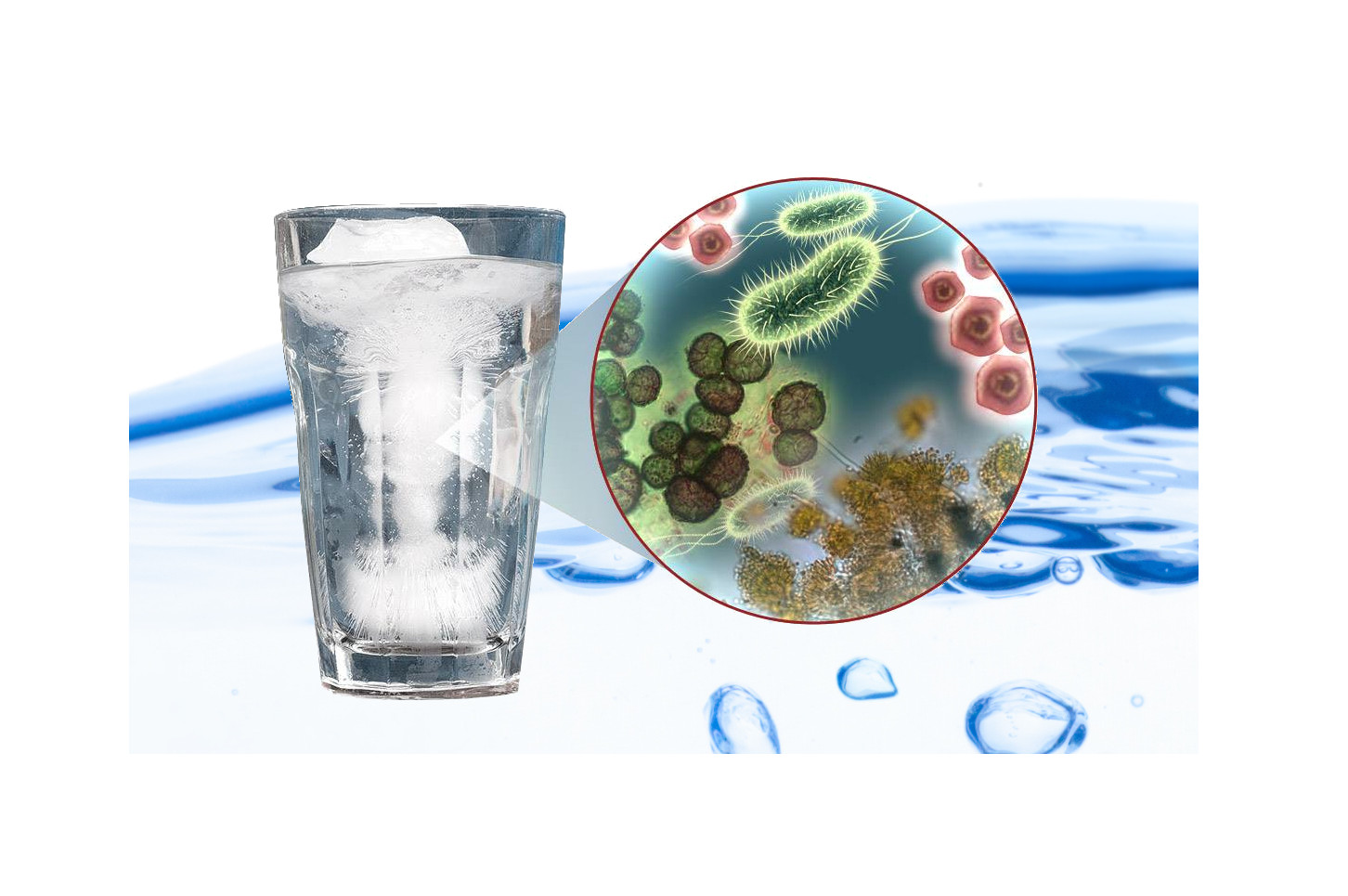Do you ever wonder what’s actually in your city water? Drinking water represents only 1% of the water treated by municipalities. The other 99% is “working water” which is used to flush toilets, water lawns, shower, brush teeth, wash hair, do laundry, wash dishes, clean, fight fires, etc. Is it reasonable to expect that “working water” be brought up to the level of pure drinking water? The cost would be prohibitively foolish.
We are fortunate that municipalities in US disinfect water to remove disease-causing agents like bacteria and viruses which cause serious gastrointestinal illnesses and other problems. However, Chlorine and Chloramine, chemicals used to sanitize city water, create by-products such as Haloacidic acids (HOACs) and Trihalomethanes (THMs) −several of which are proven to cause cancer.
Municipalities are required by the EPA to diminish the level of some of the contaminants in city water, but they are not required to completely eliminate them. Numerous new chemicals have been invented and have ended up in our water supply since the Safe Drinking Water Act was enacted in December 16, 1974. Therefore, no minimum standards for an overwhelming majority of these contaminants have been established to protect our drinking water. Many impurities like endocrine (hormonal) disruptors, pesticides, herbicides, pharmaceuticals, Chromium-6, and several others remain in city water.
Municipal water treatment plants do a great job at sending disinfection chemicals like chlorine into the water distribution system to protect the water. However, on the way to our homes water can become contaminated by:
- Leaching from pipe walls
- Leaks in pipes
- Repairs and replacements of pipes
- Cross connection with waste
- Corrosion from the water distribution system and from home plumbing
- Biofilms, which are a collection of organic and inorganic materials (living and dead) in which cells stick together and adhere to surfaces regularly in contact with water such as water pipes. Microorganisms in biofilms can include bacteria, protozoa, and fungi. Current research has revealed that viruses and parasites can get trapped in biofilms after a contamination event such as a break, leak, or repair in a water pipe. There is concern for the potential of coliform bacteria growth in the pipe network. Some microbes may separate from biofilm producing odor, color, or taste problems in drinking water.
Once the water reaches our home it is up to us to prevent our family and pets from ingesting contaminants that may pose a health hazard and to limit exposure to unpleasant odors, taste and color in the water.
Best Water Solutions offers complimentary in-home water testing and consultation to determine what is in your water, as well as water treatment options available to help you reach the goals you have for your family and home. We have practical, proven, cost-effective technologies that ensure your family drinks great tasting, contaminant free water.
Discover how to make your water SAFE and PURE Today!
Contact us:
Gainesville: 352-372-2707 Ocala: 352-369-1707
Schedule your FREE Water Analysis today by filling out this form!
Or Email us: info@BestWaterSolutions.com
Visit our Facebook Page: https://www.facebook.com/BWSFlorida/
Tweet us: @BestWaterFL


